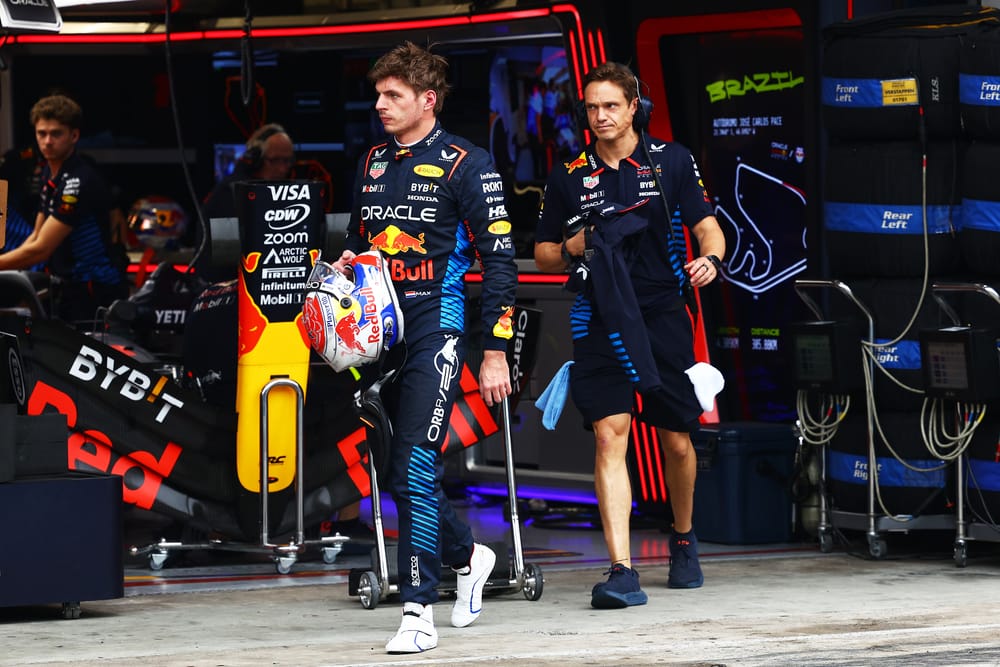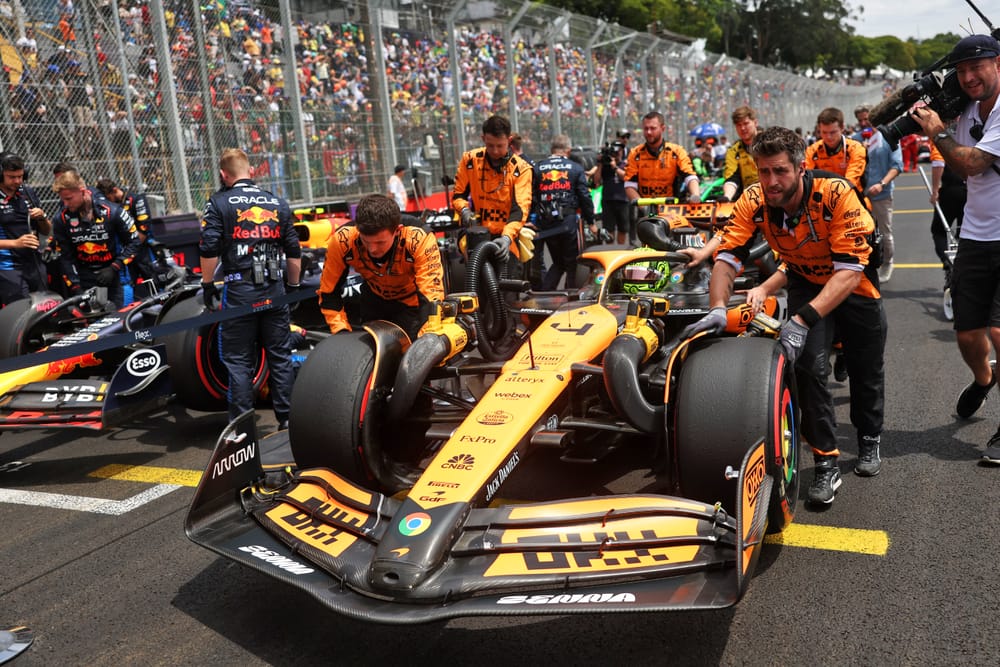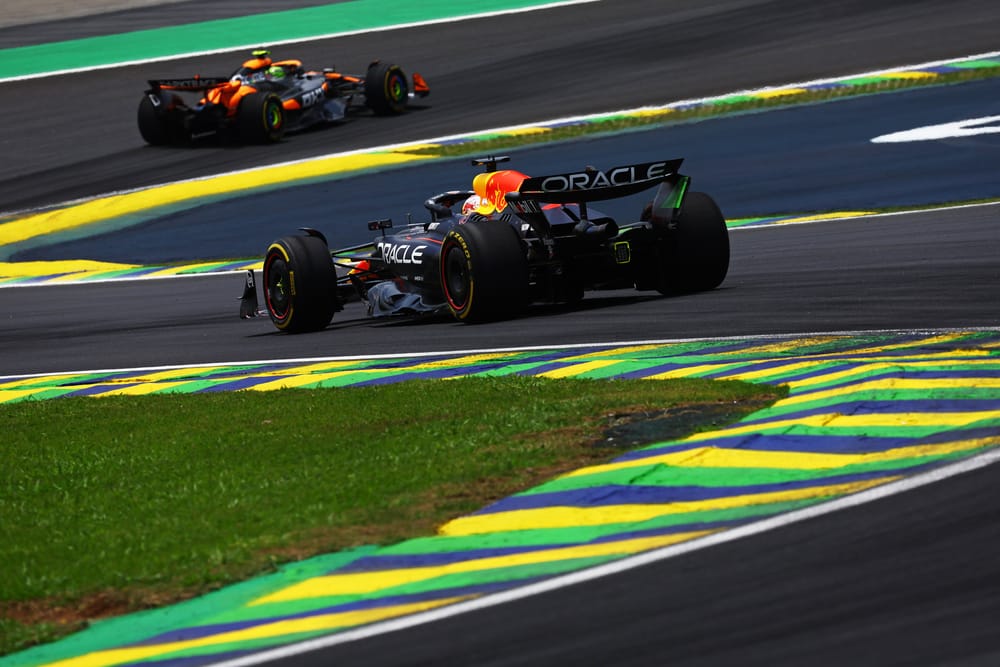Up Next

Max Verstappen was incensed by the handling of Lance Stroll’s crash in Brazilian Formula 1 Grand Prix qualifying, after Red Bull’s world champion suffered a surprise Q2 elimination.
Verstappen is due to start the race 17th on the grid after an early exit in qualifying, postponed to Sunday morning, following a red flag in the second session.
Stroll lost control of his Aston Martin through Turn 3 at Interlagos and spun into the barriers.
Verstappen was the second car through on track after Stroll crashed and encountered double waved yellows through Turns 1 and 2, which automatically voided his lap.
It took nearly a minute for the session to then be red-flagged, which denied Verstappen the chance to start a final flying lap.
He was 10th at the time of the crash, so in a position to progress to Q3, but Charles Leclerc completed a lap approximately three seconds after Stroll's impact, which relegated Verstappen to 11th.
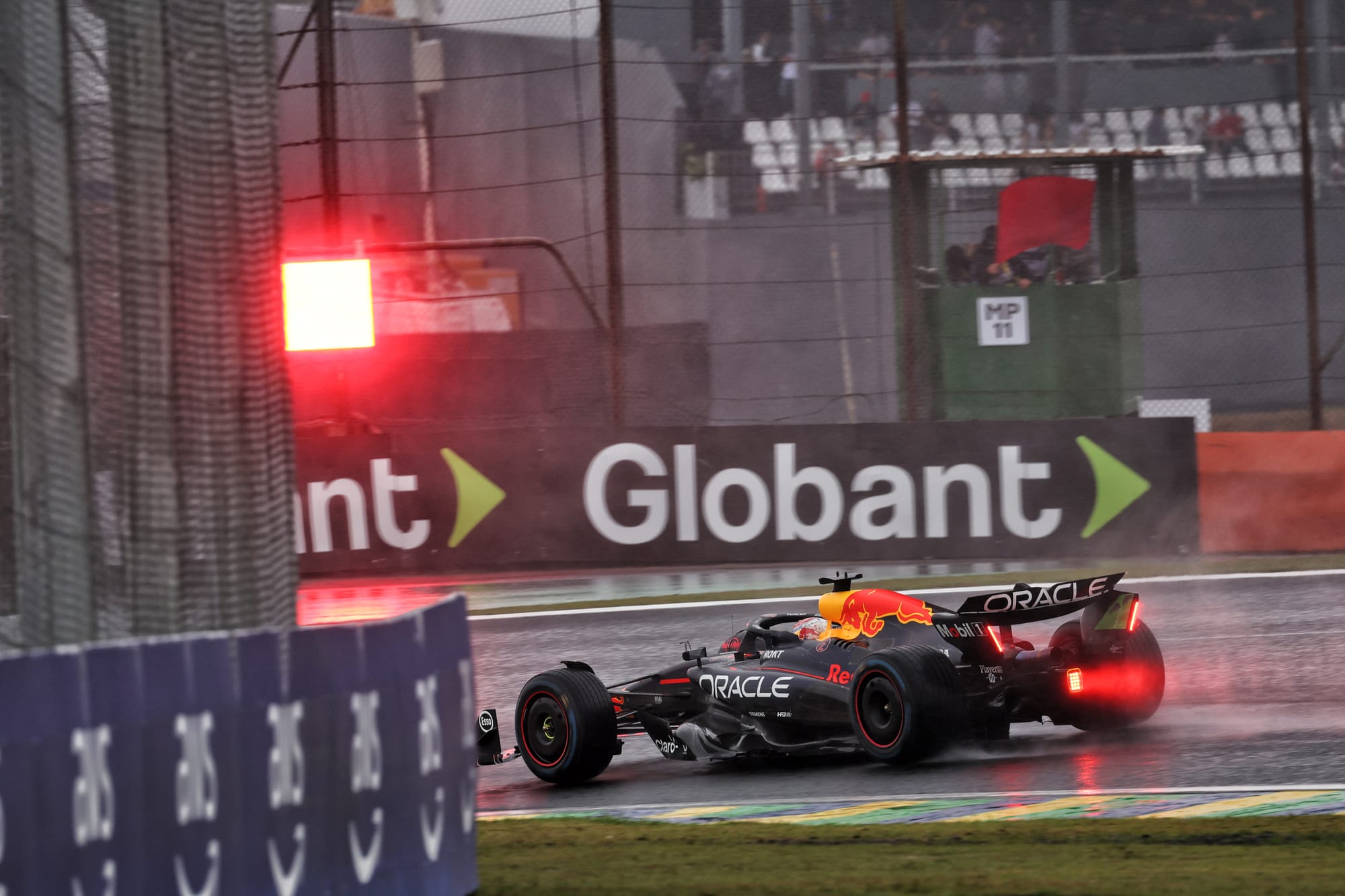
A later improvement by Liam Lawson in the lengthy time to red flag the session dropped Verstappen one place further to 12th.
Verstappen, who called the handling of the crash “unbelievable” and felt it was “so stupid to talk about”, said: “The car goes into the wall, broken, it’s clearly destroyed, but they wait 30-40 seconds so everybody else can just complete their lap times, and of course the ones behind cannot even do a lap.
“I can’t get my head around it, how that is possible to just let it go for 30 seconds, 40 seconds, and that of course ruins qualifying.
“We are already limited with the pits because we’re at the back so when you do the restart time you have to wait until you go out so we’re always in the back.
“It really blows my mind.”
However, Verstappen seemed doomed the moment Stroll crashed in the place he did, at the time he did.
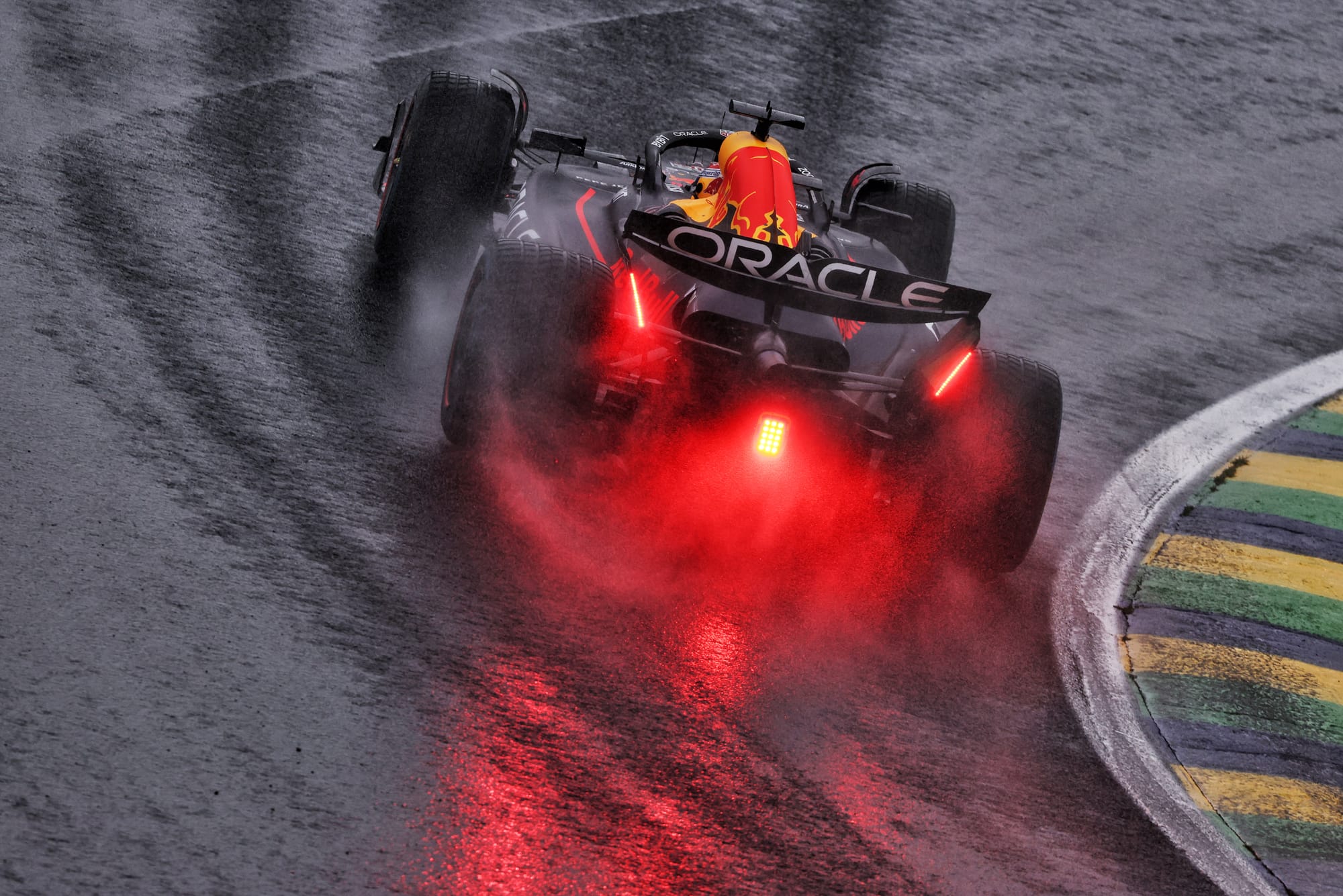
Stroll’s incident was initially dealt with using double-waved yellows because despite the size of the impact, he was trying to rejoin - which race control tries to allow because then it is possible for the session to be completed.
Stroll had the engine running, reversed slightly, then went forward a couple of times. He only aborted trying to return to the pits - turning the engine off and removing the steering wheel - after the red flag.
If Stroll had been able to get going and limp back to the pits, or even move to a safer location, then the yellows would have been withdrawn.
If that happened in time, Verstappen would have been able to start one final flying lap, as his run plan allowed for consecutive push laps at the end of Q2.
So, it was actually in Verstappen’s interest for the session not to be red flagged instantly and instead be handled with temporary double-waved yellows, if possible.
There was further scrutiny when huge, separate crashes for Fernando Alonso and Alex Albon in Q3 were dealt with using ‘immediate’ red flags.
🔴 RED FLAG 🔴
— Formula 1 (@F1) November 3, 2024
Now Alonso's in the barriers 😵#F1 #BrazilGP pic.twitter.com/iubduzq5ZU
This was because it was obvious to race control those cars would not be able to rejoin and were not trying to.
Red Bull team boss Christian Horner argued that “the other red flags were all instantaneous and “if they'd have red flagged it immediately, Max would have been 10th” and “there's time for another lap”.
“Unfortunately we've fallen on the wrong side of it today,” said Horner.
“It's a tough one.”
But there is no such thing as an instantaneous red flag - one that happens as soon as a big crash occurs - as race control still needs to be aware the crash has happened, review the scale of it as quickly as it can, then react.
That’s why the Alonso and Albon ones still took close to 10 seconds before the red flag was used.
Even if Stroll’s crash was dealt with ‘immediately’, on a similar timeframe, this would not have been much help to Verstappen for two reasons.
First, the unavoidable lag would still have given Leclerc time to cross the line, improve, and knock Verstappen out of the top 10.
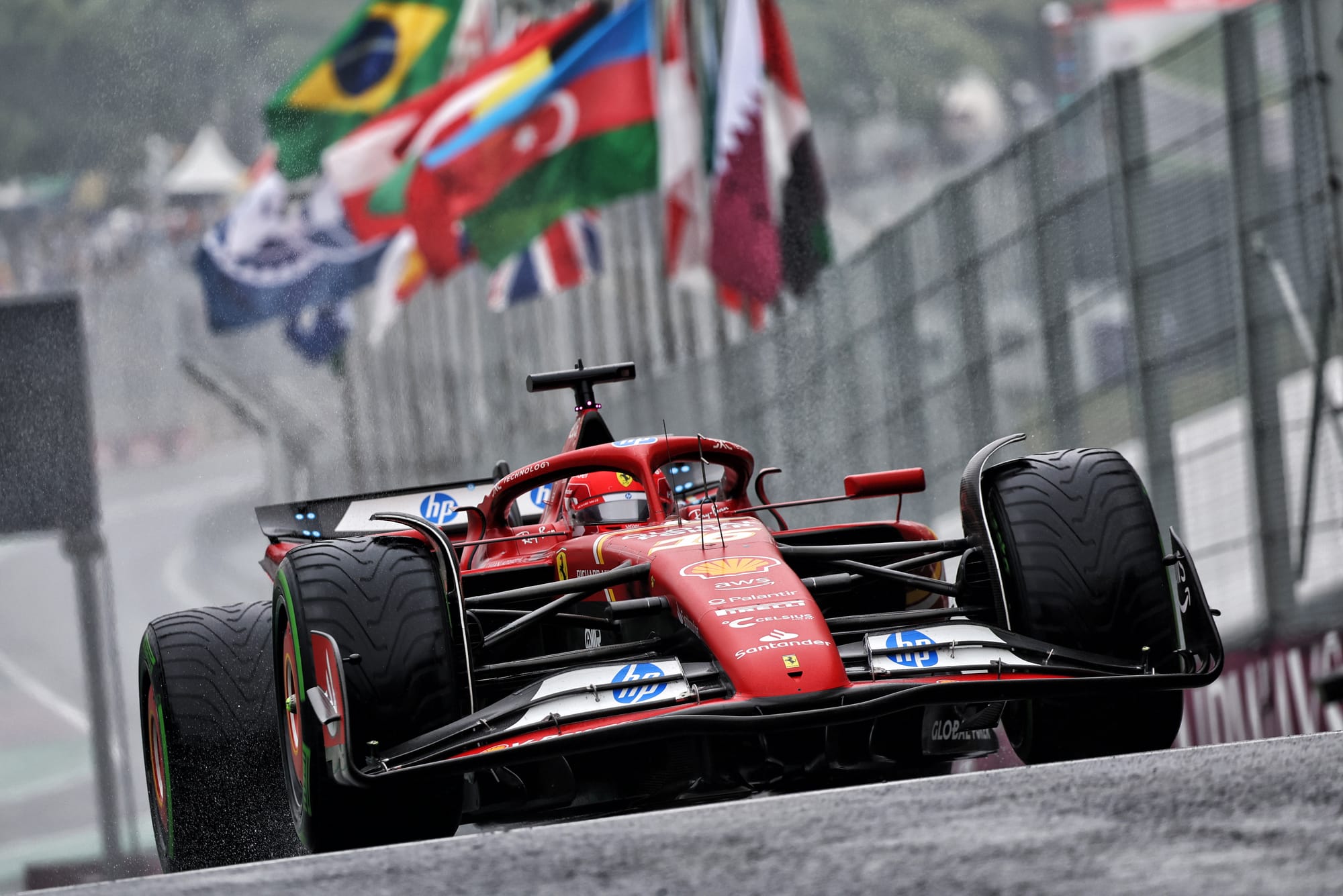
Second, based on the time taken to red flag for Albon and Alonso having bigger accidents than Stroll, who crashed with around 1m40s remaining, qualifying would have been interrupted with around 1m32s left.
Horner is right that he could have got another lap in but it would have been difficult as that is barely time to complete an outlap and start a flying lap in time.
And as Verstappen admitted, Red Bull is in the wrong place in the pitlane to get to the pit exit first, so he might not have been the first car on track.
Ultimately, as soon as Stroll crashed, Verstappen was helpless. He may have avoided losing the extra position on the grid but the Q2 exit was a direct result of Stroll’s accident rather than how it was handled.


